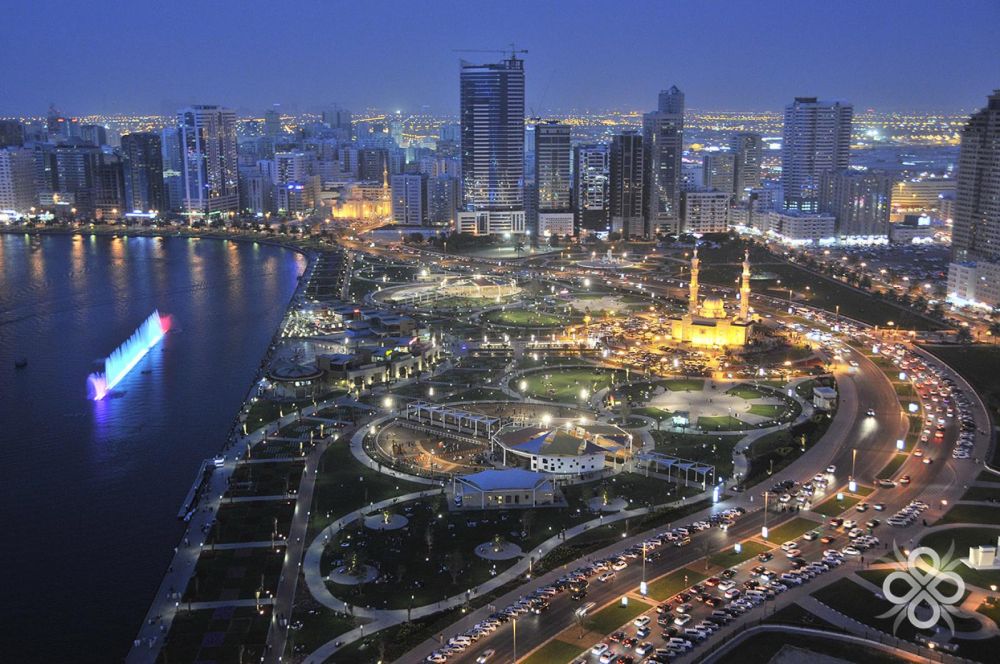

The emirate of Sharjah, one of the seven emirates that make up the United Arab Emirates (UAE), has a rich history and a diverse cultural heritage that has been well preserved and celebrated over the years. Unlike its neighbor Dubai, known for its cutting-edge cities and sky-high architecture, Sharjah has chosen a path that blends cultural richness with moderate modern development.
Historically, the region now known as Sharjah has been inhabited for over 5,000 years. It was initially known for its trade with neighboring regions and its involvement in the pearling industry. With the discovery of oil in the region in the mid-20th century, the economic dynamic started to shift. However, Sharjah took a different approach to development by emphasizing cultural investments and heritage restoration rather than solely focusing on economic expansion.
The beginning of formal tourism in Sharjah can be traced back to the early 1970s, following the formation of the United Arab Emirates in 1971. Sharjah's ruler, Sheikh Dr. Sultan bin Muhammad Al-Qasimi, was a strong advocate for preserving the emirate's cultural identity, which became a key element in its tourism appeal.
In recognition of its dedication to cultural preservation, Sharjah was awarded the title of the Cultural Capital of the Arab World in 1998 by UNESCO. This accolade spurred the development of numerous museums, art galleries, and cultural institutions, which have since become integral to the emirate's tourism appeal. These spaces showcase the Islamic culture, Arabian heritage, and the arts, attracting travelers who are keen to explore the history and civilization of the region.
Sharjah has also positioned itself as a family-friendly destination with a focus on educational experiences. With the inauguration of venues like the Sharjah Aquarium, the Sharjah Discovery Centre, and the Arabian Wildlife Center, Sharjah has proven a commitment to providing learning experiences that are both interesting and interactive for visitors of all ages.
More recently, consistent with global tourism trends, Sharjah has embraced sustainable tourism practices. The Mleiha Archaeological Centre, which opened in 2016, is an example of Sharjah's commitment to eco-tourism, providing insights into the region's ancient history while also promoting the conservation of the surrounding desert ecosystem.
The Sharjah Commerce and Tourism Development Authority (SCTDA) has been progressive in digitally transforming the visitor experience, enhancing Sharjah's visibility on a global platform. Exhibitions, festivals, and events such as the Sharjah Light Festival and the Sharjah Biennial continue to draw international crowds.
Entering a new era, Sharjah is now looking to evolve its offerings with new attractions like the recently completed Al Noor Island and the ongoing Al Mamzar Beach development, which blend entertainment with culture and leisure to appeal to a broad set of visitors.
Overall, Sharjah's tourism sector has grown strategically by preserving its past while contributing to the emirate's present and future narrative. Its carefully curated image as an epicenter of culture and education in the Middle East is a significant driver behind its tourism appeal. By continuously investing in sustainable and culturally relevant projects, Sharjah has set itself apart as a unique and enriching destination in the UAE.